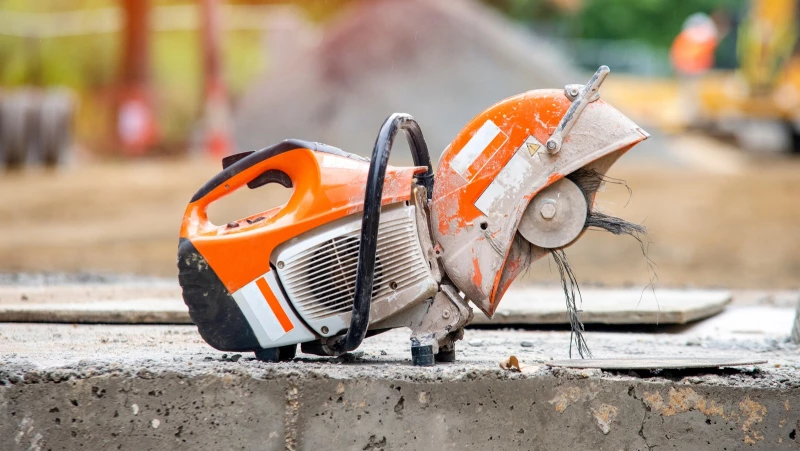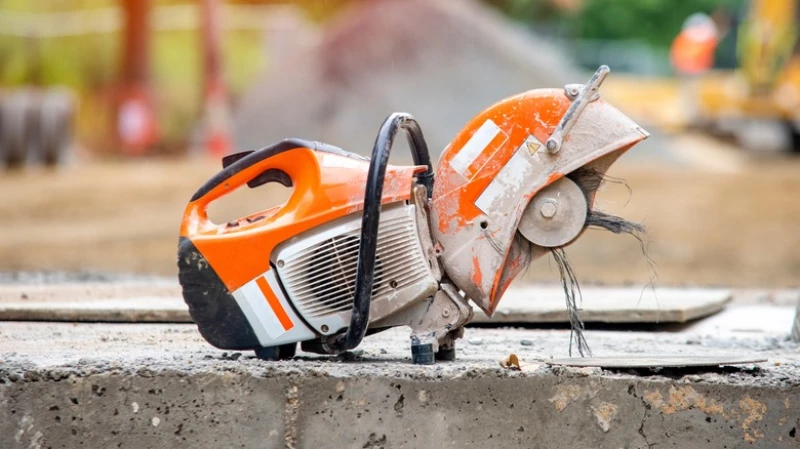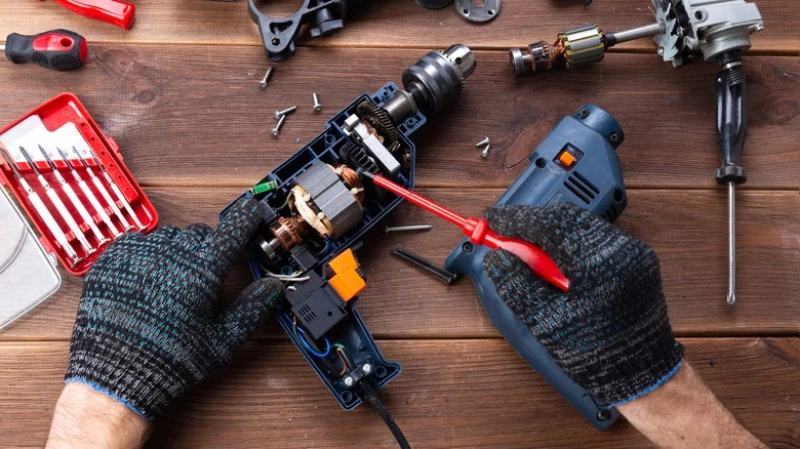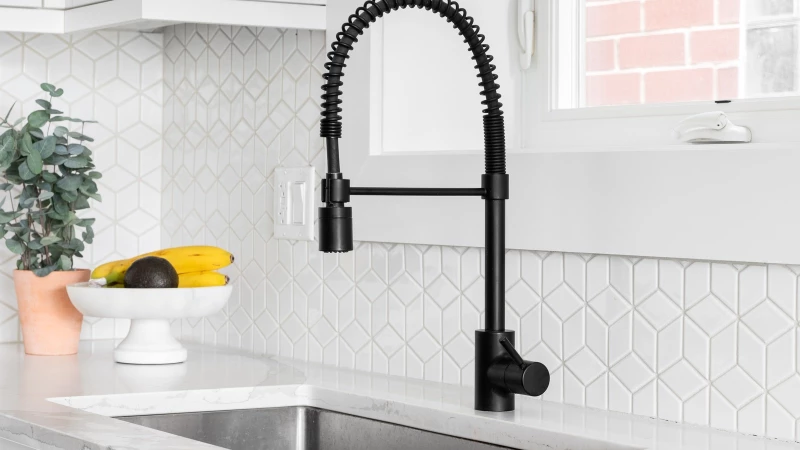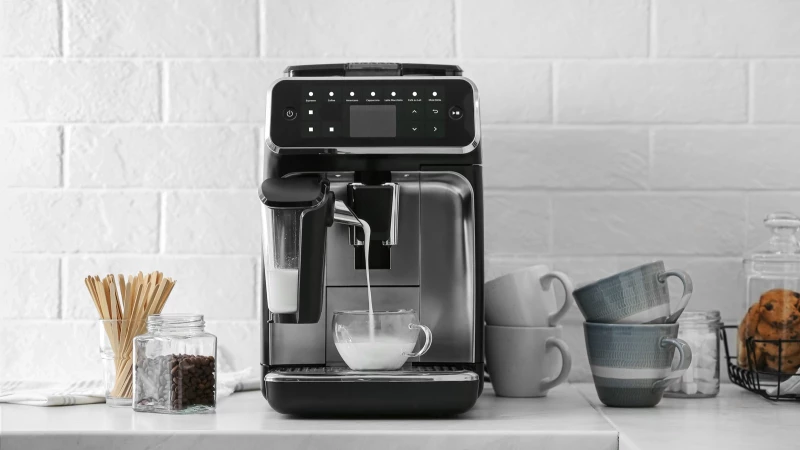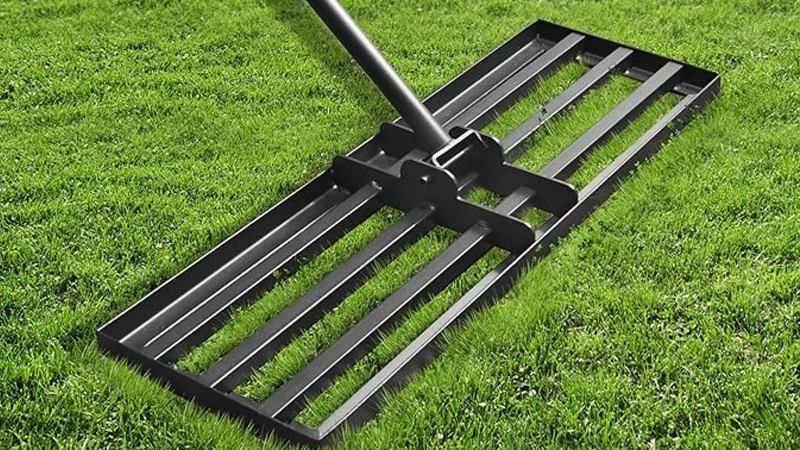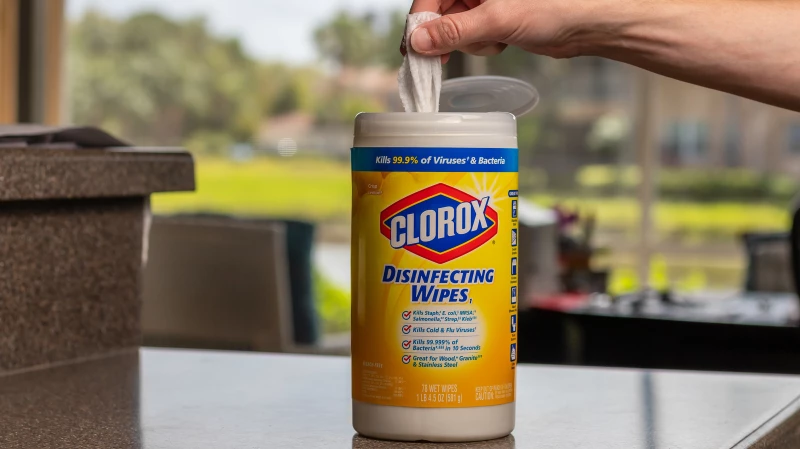As a homeowner who enjoys DIY renovations or daily woodworking and construction, there are essential tools that you should have in your arsenal. These tools become indispensable, and it can be frustrating if one of them malfunctions in the middle of a project, especially if it's a costly power tool. Instead of immediately purchasing a new power tool online, consider visiting a repair shop for a potential fix.
Is it a wise decision to repair your power tools? The answer varies based on the quality of your tools and the extent of the repair needed. If the repair requires significant time and effort from the technician, the cost can rise substantially. Repair shops often charge by the hour for their services, and there might be a minimum fee just for assessing the tool.
When faced with a broken power tool, it's essential to weigh the costs of repairing it versus buying a new one. As a general rule, if the repair expenses amount to 50% or more of the cost of a new power tool, opting for a replacement is usually the better choice. This calculation takes into account the wear and tear the tool has endured over time, causing its value to depreciate with each use. Here are some other factors to consider when deciding whether to repair or replace.
Understand the costs of repairing power tools
When seeking a local repair shop to mend your malfunctioning power tools, it's crucial to grasp the associated costs upfront. Different businesses have varying charges, including hourly rates, minimum diagnosis fees, and costs for parts.
If a repair shop imposes a diagnosis or estimate fee, they might incorporate this fee into the total repair cost, which is an important factor to consider. For instance, if the shop charges $20 for an initial assessment but deducts this amount from the repair expenses if you proceed with the fix, it can save you some money. Some repair shops may waive the diagnostic fee if they deem the power tool unfixable or if you opt to purchase a new tool from them. Others might require a prepaid deposit before inspecting your power tool.
After conducting research on various power tool repair shops, it was found that costs can vary significantly. Diagnostic fees range from $15 to $110, while hourly labor charges range from $48 to $120. Some shops have a minimum of one hour labor charge, while others may charge per half-hour. The cost of parts will depend on the issue with the power tool and its brand.
Factors to Consider When Deciding Whether to Repair Your Power Tools
It's important to note that when opting for a repair, you may be without your power tool for at least a week, potentially longer. If you rely on the tool for work or have an ongoing project, this downtime might not be feasible, leading you to consider purchasing a new tool instead.
Following the 50% rule, always compare the cost of repairs to that of replacements. For instance, if a 6.5-inch Ryobi cordless circular saw malfunctions, you can buy a new one for around $120 from Home Depot. Finding a repair shop willing to fix it for less than $60, considering labor costs and parts, may be challenging. However, if you own a 10.25-inch circular saw from Makita, a replacement costs approximately $650 at Home Depot. In this case, repairing it for under $325 might be a viable option.
When faced with the decision of whether to repair or replace your power tool, it is important to inspect the tool first. Look for signs of wear such as cracked handles or a decrease in performance. If you notice these issues, it is likely better to opt for a replacement. Additionally, take into account how long ago you purchased the tool. Units that are five years old or older are generally more suitable for replacement rather than repair.

